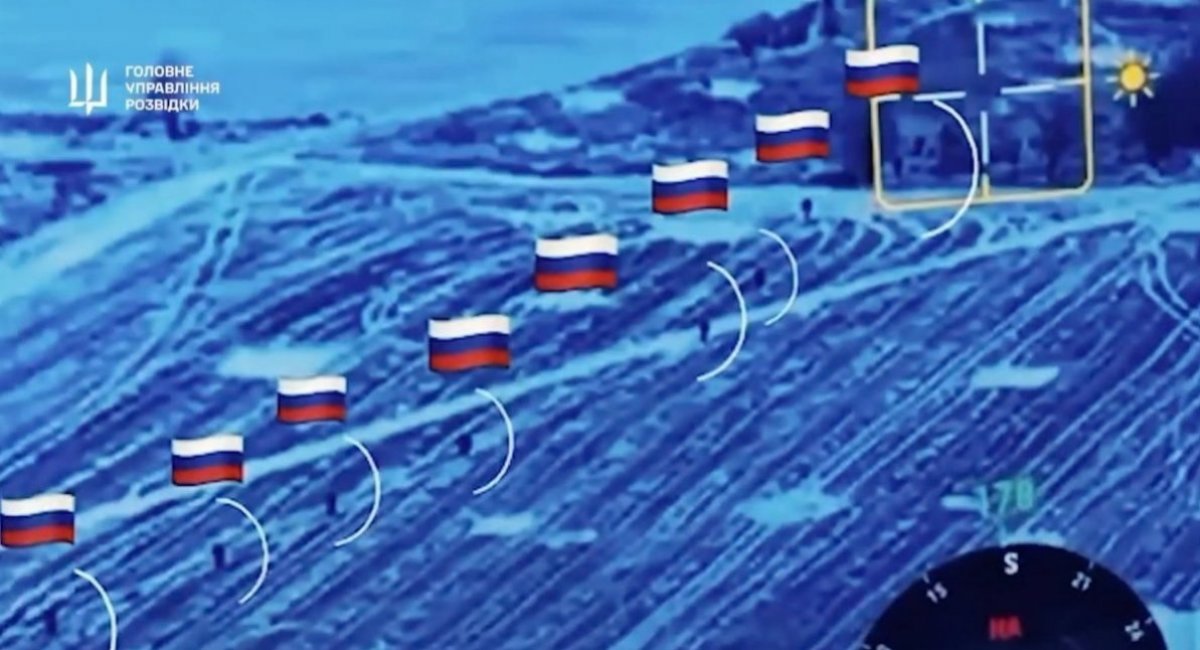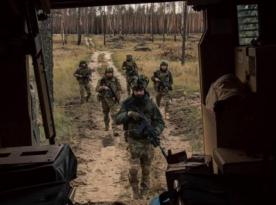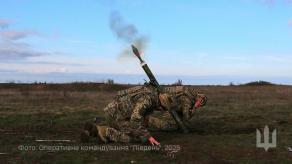On September 29, 2025, russian President Vladimir Putin initiated the military conscription order for 135,000 men. The annual autumn russian conscription began on October 1, 2025, and runs until December 31, 2025, across russia and the temporarily occupied territories of Ukraine. It covers adult men aged 18-30; the upper limit having been raised from 27 to 30 in 2023, the UK Defense Intelligence report.
Russian conscription cycles occur twice a year, in the spring and autumn. In spring 2025, 160,000 were conscripted into the Army. This compares to 133,000 in autumn 2024, and 150,000 in spring 2024.
Read more: UK Defense Intelligence: Rosgvardiya Tanks May Join Fighting in Ukraine
Potential conscripts are not allowed to leave the country one week after digital registration is initiated. Failure to report within 20 days of the summons results in various penalties and a 30,000 rouble fine ($363 USD).
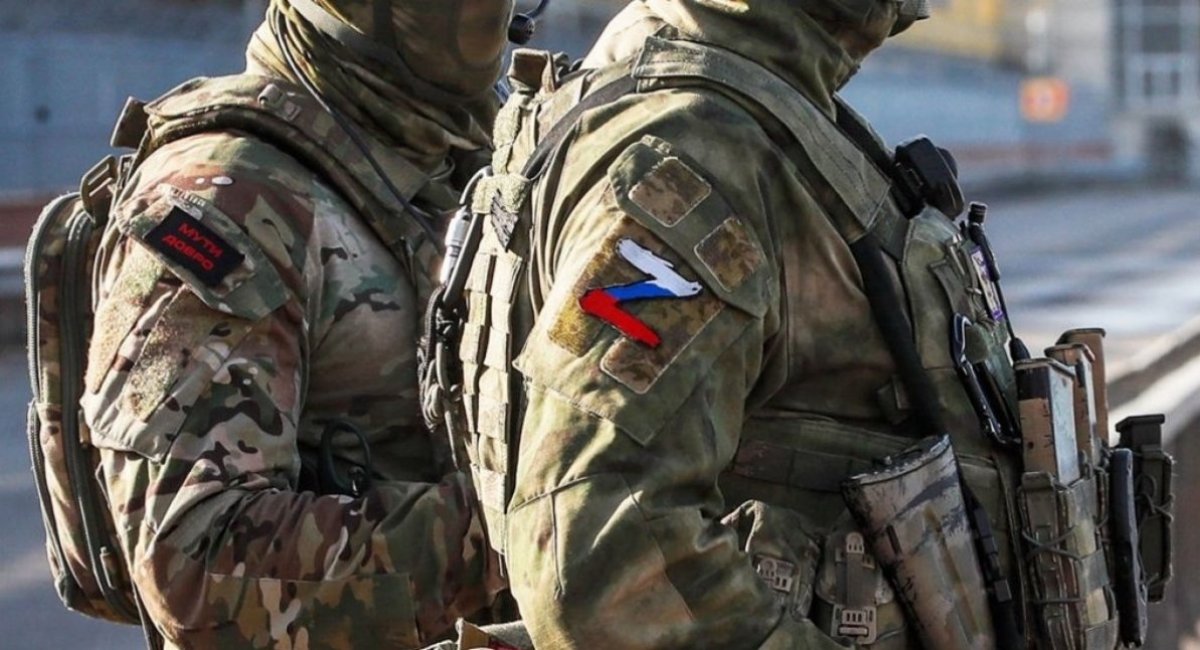
Concurrently on September 24, 2025, the russian Duma passed the first reading of a bill to allow conscription to occur throughout the year instead of spring and autumn cycles. This will likely provide a continuous flow of conscripts for the russian army. Whilst this will allow the pre-draft processes to be distributed throughout the year, it is a realistic possibility that this change will also desensitise the population to the process.
Conscripts have generally not been sent to fight in Ukraine. They are used to guard russian borders and secure military sites, operating in rear areas to free up contract soldiers for the front. Conscripts were highly likely involved in fighting in russia's Kursk region following Ukraine's incursion into the region in August 2024 with 250 reportedly captured as prisoners of war.
As Defense Express previously reported, russia is almost certainly conducting an extensive interference campaign targeting the Moldovan parliamentary elections, due to take place on September 28, 2025, aiming to increase russian influence in the country. Mis- and dis-information is being disseminated widely across multiple traditional and social media platforms and outlets, including BlueSky, Facebook, TikTok, Telegram, and X. This effort is almost certainly directed by the russian state.
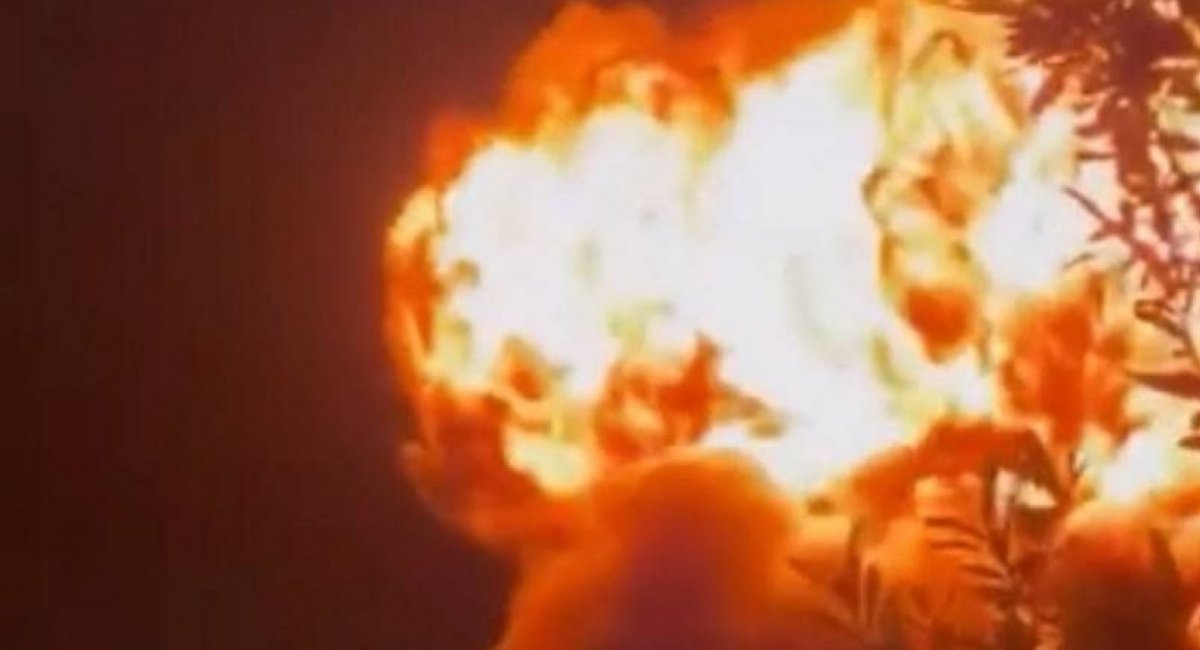
Read more: UK Defense Intelligence: Moldova Faces russian Disinformation Offensive Before Key Vote




